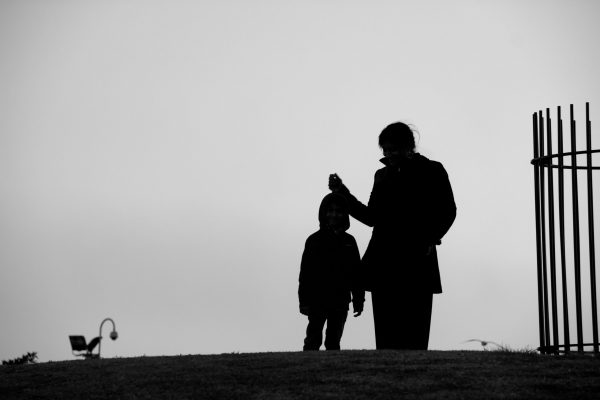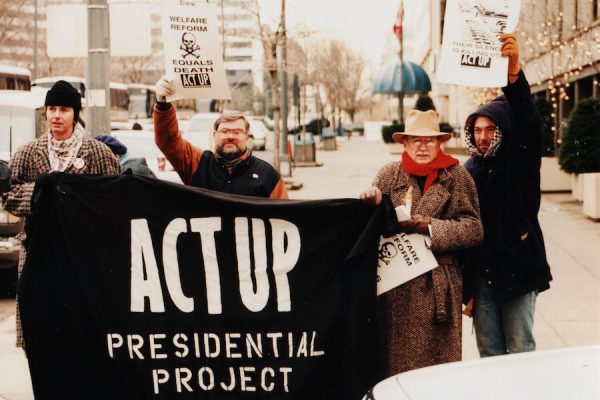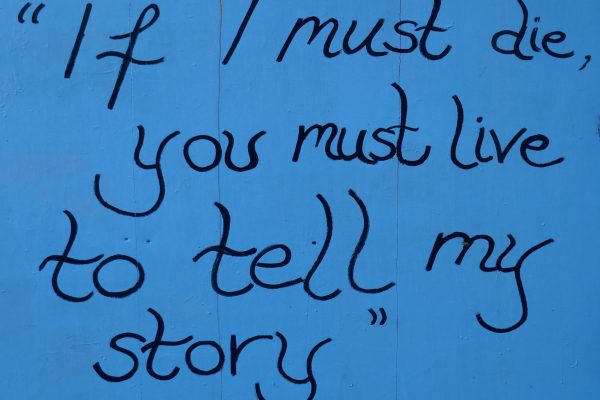What Makes a Program Effective?
James Heckman argues that because social inequality originates in early life, our public policy ought to focus on effective early intervention. Closing the gaps in development early—or preventing them in the first place—would create an equitable starting point for society, whereas later intervention means hustling to correct one by one a whole cascade of inequalities that accumulate into adolescence and adulthood.
Each component of this idea seems solid. There’s no doubt that some kids are working at a disadvantage long before they set foot in the school where I teach, so it makes sense to ascribe these disadvantages at least in part to what Heckman calls “quality of family life.” As he points out, if we could distribute family life more fairly, we would certainly simplify subsequent efforts to equalize educational opportunity and life outcomes.
But as a teacher of many disadvantaged children, elbow deep in the daily muckiness of that work, I read Heckman with a familiar frustration. He’s blown right past the most important adjective in his thesis: What is it, exactly, that makes for an effective program, and how effective can we expect it to be?
Heckman identifies two early-childhood programs—intensive, small-scale, expensive, and more than 30 years old—that yielded solid results for the participating children. But concluding on that basis that early-childhood interventions are effective is like concluding from my school’s results that polo shirts make kids smarter. The most easily replicable aspect of an intervention isn’t necessarily the one that makes it work, as proponents of the beloved Head Start program know well.
Head Start is in many ways a direct implementation of the ideas Heckman advocates. It offers free developmental support to more than a million disadvantaged preschool children and their families. But research on 40 years of results has been mixed, with some studies finding that the program’s impact fades once participating children start school.
I want to know exactly why the pilot programs worked better: which kids they chose, what teachers they hired, who designed their curricula, and especially how they differed from the many interventions whose results have been less compelling. It’s possible that home visits made a crucial difference, for example, or that other programs including home visits still fell short. Those details, not the general idea of intervening early, might make our efforts more effective.
We need to know the details of successful intervention.
As Heckman notes, it’s difficult to identify which factors cause early inequality and which merely correlate with it. To his list of single parenthood, limited language exposure, and adverse childhood experiences, we might add the longer-term impact of multigenerational poverty and oppression. To wish for some specific and simple approach that would erase the effects of all that injustice is understandable, but we can’t skip over the inefficiencies and imperfections that make even the most successful social programs less than totally satisfying. That’s irresponsible.
Toward the end of his article, Heckman asserts that the scarce resource in disadvantaged families is not money but “love and parenting.” I would encourage him not to repeat that within earshot of the parents who are fighting to raise their children in the face of serious and persistent economic and social obstacles. (He describes a “natural experiment” in which a sudden influx of income improved outcomes for children in a Native American tribe; should we conclude that the money bought more love?) But Heckman is correct in recognizing that some kids lose ground for reasons that are complex and deeply rooted in family and societal dysfunction.
So, yes, we need effective early-childhood interventions, and we need to study what makes them effective. Figuring out which programs work, why, and how to adapt them to diverse communities can’t be an afterthought. It’s the first step, the only research that really matters.
And yet even when we have identified the very best programs, funded them, and set them in motion, we can’t set our hearts on the hope that they’ll “predistribute” opportunity equally. I can predict with some confidence that we will still see serious disparities among children born into families with dissimilar histories and resources.
As a result, we will continue to need to develop effective programs for preschoolers, for school-aged children, for adolescents, for young adults, and for parents. These programs will continue to work only imperfectly and to be beset by frustration and failure. Some approaches that seem intuitively brilliant will turn out to work poorly or not at all. New research will require us to revise our tactics repeatedly. Some kids will make progress. Some won’t. We’ll figure out how to narrow some gaps but not others. Across town, another program will do better, and we’ll try our best to implement their ideas.
And all of us—teachers, kids, families, communities, and social scientists—will keep doing this work together anyway, not because we can count on a reliable return on our investment but because it still needs to be done.





